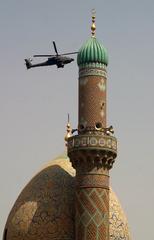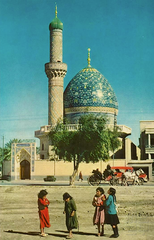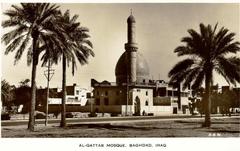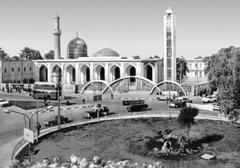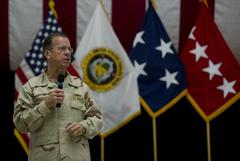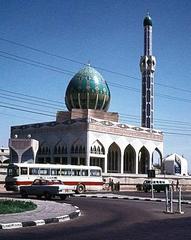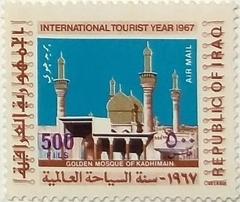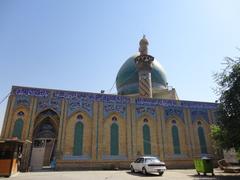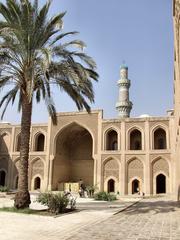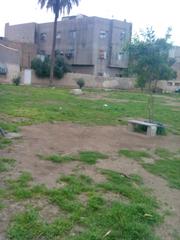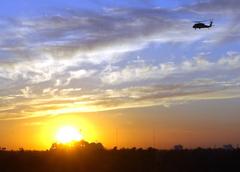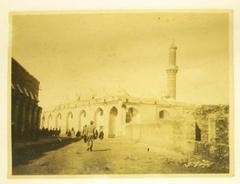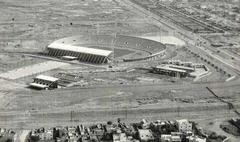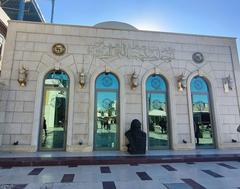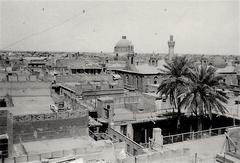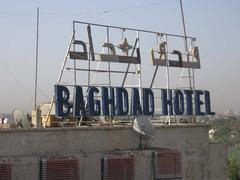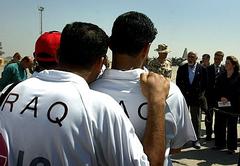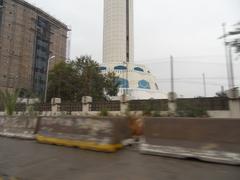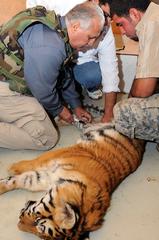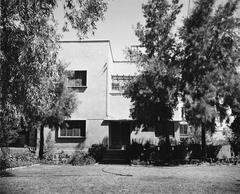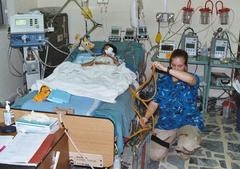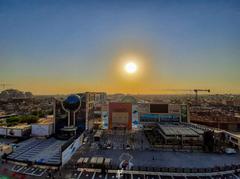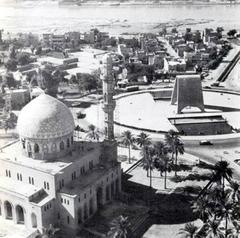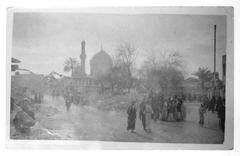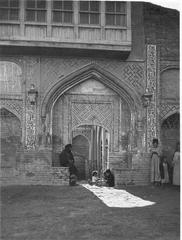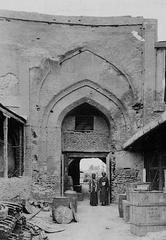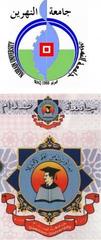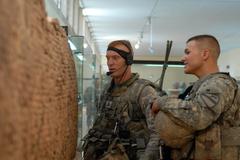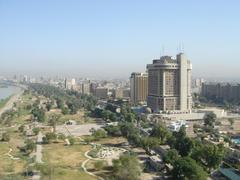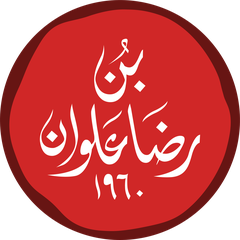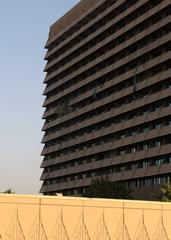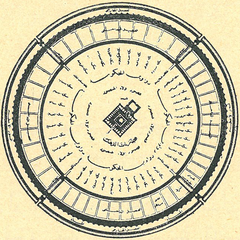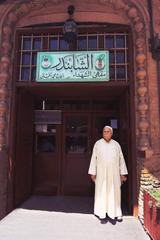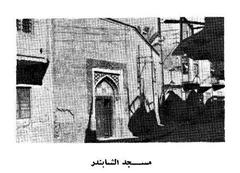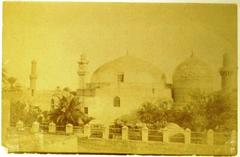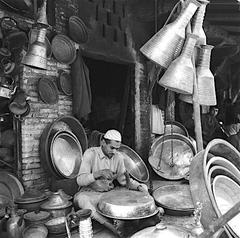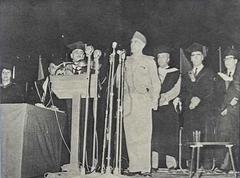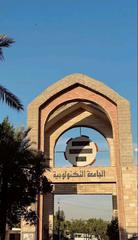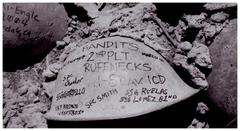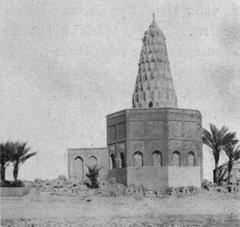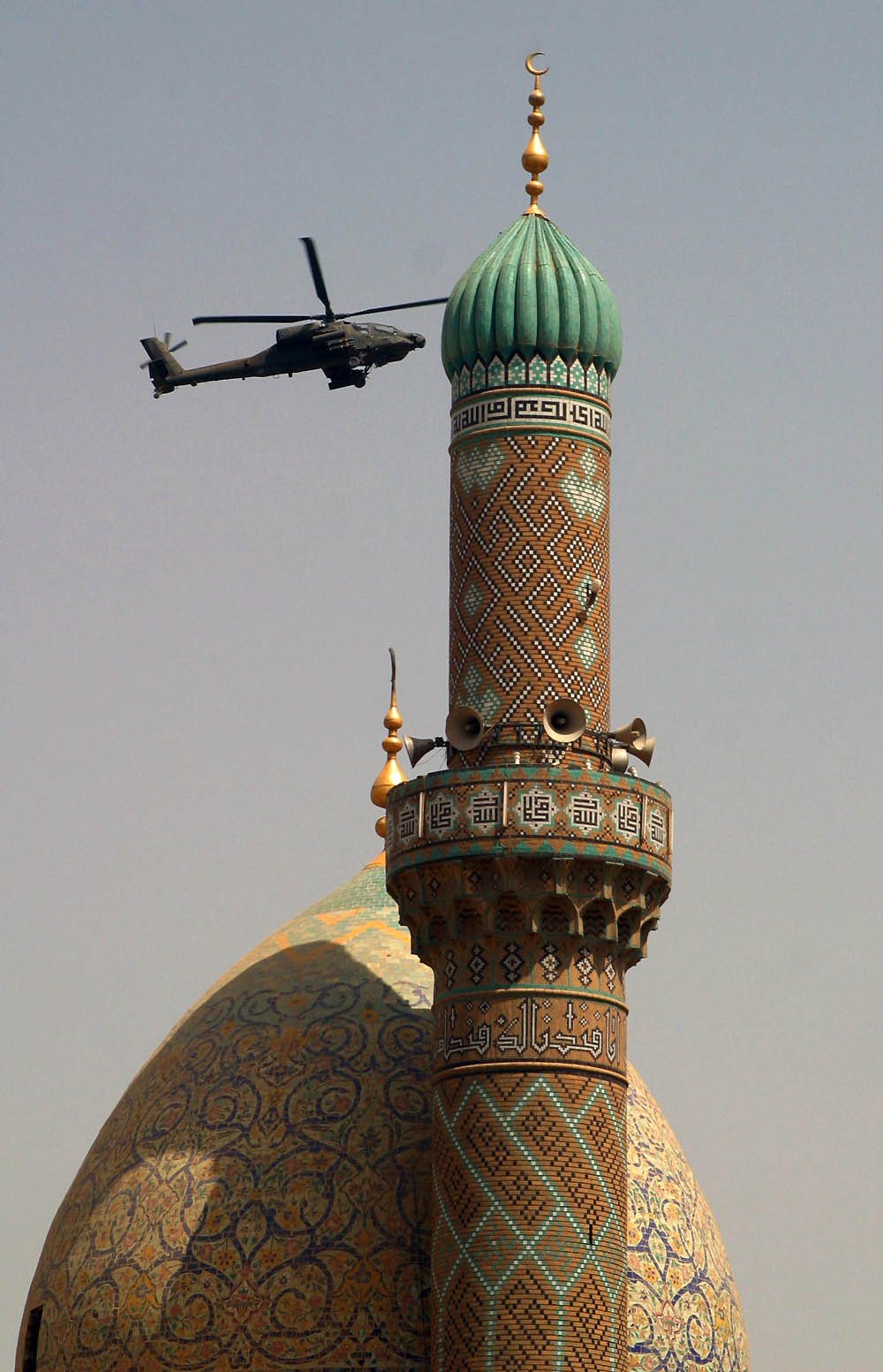
Al-Shawy Mosque Visiting Hours, Tickets, and Guide to Baghdad Historical Sites
Date: 14/06/2025
Introduction
Al-Shawy Mosque, nestled in the historic Karkh district of Baghdad near the Tigris River, stands as a vibrant symbol of Iraq’s religious and cultural heritage. Completed in 1957 under the patronage of Hajj Ahmed Mazhar al-Shawy and inaugurated by King Faisal II, this mosque fuses traditional Islamic architecture with mid-20th-century design elements. Renowned for its prominent dome, elegant minaret, and intricate calligraphy by master artist Hashem Muhammad al-Baghdadi, Al-Shawy Mosque is both a place of worship and a center for community engagement.
This guide provides essential information on visiting hours, accessibility, etiquette, and nearby attractions, ensuring travelers experience Baghdad’s Islamic heritage respectfully and meaningfully. For more information, consult resources such as the official Sunni Endowment Office website and the Wikipedia page on Al-Shawy Mosque.
Contents
- Historical Background and Legacy
- Visiting Information: Hours, Tickets, Accessibility
- Cultural and Artistic Significance
- Preservation and Current Status
- Visitor Tips and Etiquette
- Nearby Attractions
- Safety and Practical Considerations
- FAQs
- Conclusion
- References
Historical Background and Legacy
Origins and Founding
Al-Shawy Mosque was commissioned by Hajj Ahmed Mazhar al-Shawy, a respected Baghdadi figure, and inaugurated in 1957. The opening ceremony was attended by King Faisal II and leading religious scholars, highlighting its significance in modern Baghdad. The mosque’s founder is buried on its grounds—a mark of honor in Islamic tradition (Wikipedia: Al-Shawy Mosque).
Architectural Features and Artistic Legacy
The mosque harmonizes traditional Islamic styles with modern touches characteristic of 1950s Baghdad. Its large central dome and slender minaret are visible across the Karkh district. Notably, the mosque’s interior features exquisite calligraphy and geometric motifs crafted by Hashem Muhammad al-Baghdadi, one of Iraq’s most celebrated calligraphers, whose artistry enhances the mosque’s spiritual and visual appeal (Britannica).
Role in Religious and Social Life
Operated under the Presidency of the Sunni Endowment Office, Al-Shawy Mosque is a vital Sunni worship center. It hosts daily and Friday prayers, as well as special gatherings during Ramadan and Eid. Beyond worship, the mosque is a hub for religious instruction, charitable programs, and community dialogue, reflecting Baghdad’s enduring tradition as a city of learning (Global Sadaqah; IslamOnline).
Baghdad in the Mid-20th Century
Erected during an era of modernization, the mosque bridges Iraq’s Islamic heritage with new urban identities of the Royal period. Its location in the Salhia area near the statue of King Faisal I underscores its symbolic role in Baghdad’s evolving landscape (Wikipedia: Karkh).
Visiting Information
Visiting Hours
- Standard Hours: 7:00 AM – 7:00 PM daily
- Friday Prayers: Extended hours
- Special Events: Extended hours during Ramadan, Eid, and major religious occasions
Hours may vary during public holidays or religious festivals. It is advisable to confirm timings with the mosque or local guides prior to visiting.
Tickets and Entry
- Admission: Free of charge
- Donations: Welcomed but not required
Visitors are encouraged to respect prayer times and the sanctity of the space.
Accessibility
- Entrances: Main entrance equipped with ramps
- Pathways: Paved, but some traditional features may limit full wheelchair access
- Facilities: Ablution areas, prayer spaces for men and women, modest restrooms
If you have specific mobility needs, coordinate with guides or mosque staff in advance.
Guided Tours
- Availability: Occasional guided tours by local historians or through Baghdad cultural heritage offices
- Booking: Recommended via local tour operators or your accommodation
Tours provide deeper insights into the mosque’s history, architecture, and community role.
Photography
- Allowed: In outdoor areas and designated interior sections
- Restrictions: Always ask permission before photographing inside the prayer hall or during services
- Etiquette: Avoid photographing worshippers without consent (Learn Religions)
Cultural and Artistic Significance
Al-Shawy Mosque exemplifies Baghdad’s Islamic architectural lineage, blending Abbasid, Ottoman, and modern influences (EAA).
- Exterior: Facade with pointed arches, brickwork, and decorative tile panels; central dome often adorned with glazed tiles; slender minaret with balconies for the call to prayer.
- Courtyard: Traditional sahn with stone/marble paving, central fountain for ablutions, and gardens with date palms.
- Interior: Spacious musalla (prayer hall) with mihrab decorated in stucco and tiles, minbar with wood carvings, and Quranic calligraphy in Thuluth and Kufic scripts.
- Artistry: Muqarnas vaulting, geometric arabesques, stained glass windows, and brass chandeliers enhance the spiritual ambiance (Britannica).
The mosque’s design and ornamentation symbolize unity, infinity, and the divine, central to Islamic art and architecture.
Preservation and Current Status
Al-Shawy Mosque is actively maintained by the Sunni Endowment Office, ensuring the preservation of its architectural and artistic heritage. As Baghdad modernizes, the mosque remains a living testament to the city’s resilience and its commitment to protecting historical monuments (Sunni Endowment Office).
Visitor Tips and Etiquette
- Dress modestly: Men should wear long trousers and sleeved shirts; women should wear long skirts or trousers, sleeved tops, and a headscarf (Visit My Mosque Guide).
- Remove shoes before entering the prayer hall.
- Remain quiet and avoid using mobile phones inside the mosque.
- Do not walk in front of worshippers during prayers.
- Respect gender-segregated areas.
- Greet with “assalamu alaykum” and respond with “wa alaykum salam.”
- Accept hospitality graciously; communal meals and tea are common.
- For non-Muslims: Observe prayers quietly and avoid proselytizing or displaying religious symbols from other faiths (Reddit: Mosque Etiquette).
Safety and Practical Considerations
General Safety
Baghdad’s security has improved but remains unpredictable due to political and social factors (Against the Compass; Travel Safe Abroad).
- Register with your embassy.
- Avoid discussing politics or religion in public.
- Stay with trusted guides or in groups.
- Avoid traveling alone at night.
- Expect security screenings at religious sites.
Health and Hygiene
- Drink bottled or filtered water.
- Eat at reputable locations.
- Carry tissues and sanitizer for basic restroom facilities.
For Women Travelers
- Dress conservatively and avoid walking alone.
- Exercise caution in unfamiliar areas.
- Respect and modesty are important at all times (Travel Safe Abroad).
Emergency Contacts
- Police: 104
- Ambulance: 122
- Fire: 115
- Embassy: Have contact details ready
Nearby Historical Attractions
Enhance your visit to Al-Shawy Mosque with these nearby sites:
- Kadhimiya Shrine: A major Shiite religious complex.
- Abu Hanifa Mosque: Final resting place of the Hanafi school’s founder.
- Al-Mustansiriya Madrasa: A medieval Islamic university.
- National Museum of Iraq: Home to ancient Mesopotamian artifacts.
- Al-Mutanabbi Street: Historic book market and cultural hub.
- Statue of King Faisal I and historic squares in the Salhia district.
For broader context, see the Baghdad Tourism Official Site.
Frequently Asked Questions (FAQs)
Q: What are Al-Shawy Mosque’s visiting hours?
A: 7:00 AM–7:00 PM daily; extended hours on Fridays and during religious festivals. Check locally for updates.
Q: Is there an entrance fee?
A: No, entry is free.
Q: Can non-Muslims visit?
A: Yes, non-Muslims are welcome outside of prayer times, ideally with a guide.
Q: Are guided tours available?
A: Yes, occasionally through local operators or by arrangement with the mosque.
Q: Is the mosque accessible for people with disabilities?
A: Partial accessibility; contact in advance for assistance.
Q: Can I take photos?
A: Yes, in outdoor and some indoor areas—ask for permission, especially inside the prayer hall.
Conclusion
Al-Shawy Mosque embodies Baghdad’s enduring Islamic legacy, bridging tradition and modernity while serving as a hub for spiritual, educational, and community life. Its architectural beauty and historical resonance invite both worshippers and travelers to discover the diverse heritage of Iraq. By respecting local customs, planning ahead, and exploring nearby sites, visitors can ensure a safe, enlightening, and memorable experience.
For up-to-date information, guided tours, and cultural insights, download the Audiala app and follow our social channels. Stay informed via the Sunni Endowment Office and trusted travel resources.
References
- Al-Shawy Mosque Wikipedia page, 2024
- Sunni Endowment Office Official Website, 2024
- Britannica: Baghdad Architecture and Monuments, 2024
- EAA: 10 Best Architectural Buildings in Baghdad, 2024
- Learn Religions: Etiquette of Visiting a Mosque, 2024
- Global Sadaqah: Role of Mosques in Community Development, 2024
- IslamOnline: Wider Role of the Mosque as a Community Centre, 2024
- Against the Compass: Is it Safe to Travel to Iraq?, 2024
- Visit My Mosque Guide, 2022
- Travel Safe Abroad: Baghdad Safety Tips, 2024
- Baghdad Tourism Official Site
- Reddit: Mosque Etiquette
